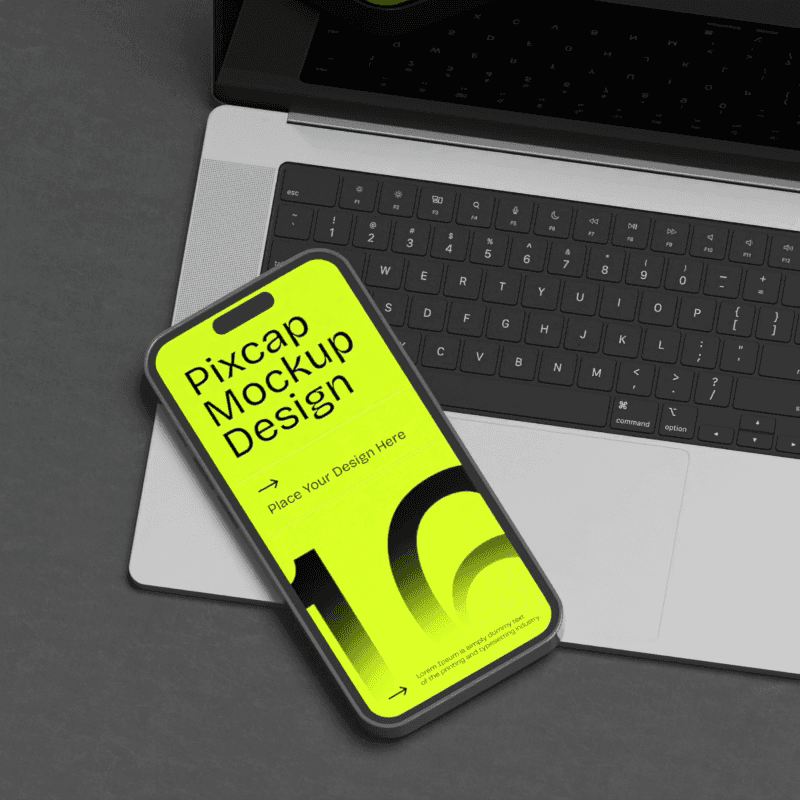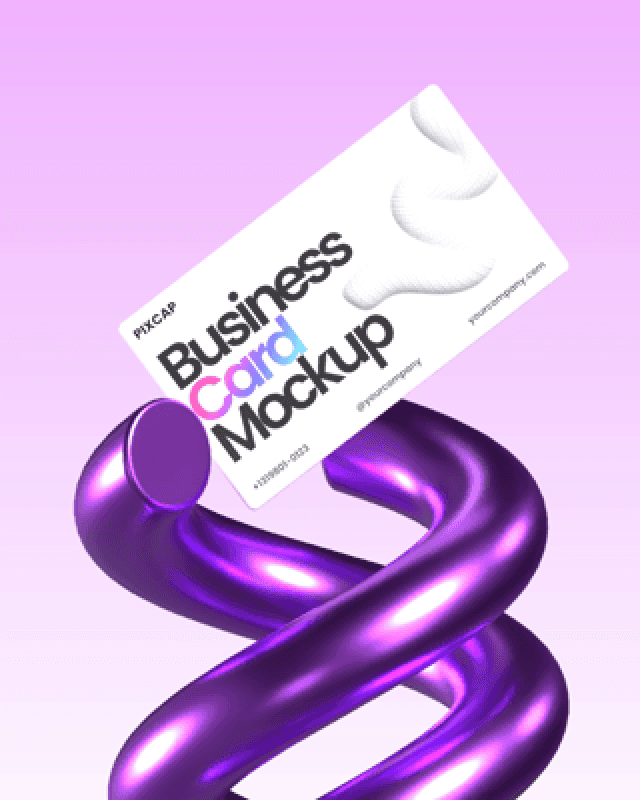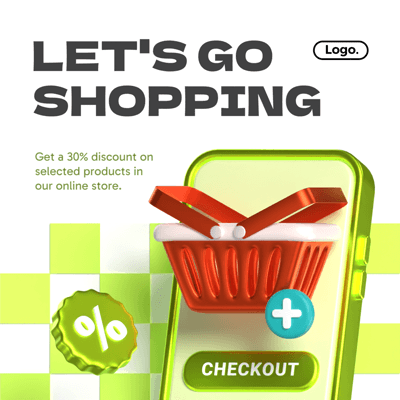One-pagers can be used in various settings such as business meetings, conferences, project proposals, product launches, and more. They are especially useful when time or attention spans are limited, as they quickly convey the most relevant information in a digestible format.
To help you understand how one-pagers work and how to create your own, we have provided nine business one-pager examples in this article.
How to Make a One-Pager?
Think of a one-pager like a resume. It should tell readers all the important things about you in a nice-looking way, presenting essential information about your product, company, or financial data clearly and concisely.
Depending on the one-pager, you might add different details. Here’s a simple guide on what to include in each part of your one-pager. Keep reading to see examples of how these parts look together.
Top
Since we read from top-to-bottom and left-to-right, set up your one page document like this:
Company name/logo: This helps people recognize your brand right away.
Headline: Make it catchy so people want to keep reading. It should hint at what the one-pager is about and why it matters.
Brief overview: Just a sentence or two about your product, service, project, or idea.
Problem statement: Clearly say what issue you are trying to solve.
Solution: Briefly explain how your product or information fixes the problem.
Middle
This is the main part of your one-pager:
Key benefits/features: Highlight what makes your product special. What problems does it solve? What will customers love?
Target market: Who is this for? What are their needs and problems? Be as specific as possible.
Bottom
Finish with these points:
Future objectives: Share your plans for the future. What are your goals for the next year or more? How will you reach them?
Call to action (CTA): Tell readers what to do next. Contact you? Buy your product? Donate? Let them know clearly.
One-Pager Examples
1. Company One-Pager
A company one-pager is an essential tool that summarises a business’s key information on a single page. This format offers a quick snapshot that can be highly effective in engaging potential clients, investors, or partners. To create a compelling company one-pager, ensure the following elements are included:
Company Overview: Provide a brief introduction to the company, including its mission, vision, and core values.
Product/Service Offerings: Highlight the main products or services offered by the company, focusing on what sets them apart from competitors.
Target Market: Identify the primary audience for the company’s offerings.
Key Metrics and Achievements: Showcase important statistics, milestones, or awards that demonstrate the company’s success and growth.
Unique Selling Proposition (USP): Clearly articulate what makes the company unique and why potential customers or partners should be interested.
Contact Information: Include essential contact details such as phone number, email, and website, making it easy for interested parties to reach out.
Visual Elements: Utilize high-quality images, icons, and graphics to make the one-pager visually appealing and easy to digest. Find free & premium design assets on Pixcap to design beautiful one-pagers today.
2. Sales One-Pager
A sales one-pager is a condensed version of a sales pitch, focusing on the most critical information to persuade potential customers. It serves as an effective tool for introducing a product or service and sparking interest in a short amount of time. When creating a sales one-pager, consider including these elements:
Problem: Clearly define the problem or pain point that your product or service solves.
Solution: Explain how your product or service addresses the problem and the benefits it provides.
Features and Benefits: Highlight the key features of your product or service and how they translate into tangible benefits for potential customers.
Testimonials/Case Studies: Incorporate customer testimonials or case studies to provide social proof and show real-world results from using your product or service.
Call-to-Action (CTA): Encourage potential customers to take action by including a clear CTA, such as signing up for a free trial, scheduling a demo, or making a purchase.
Contact Information: Similar to a company one-pager, include
3. Event One-Pager
An event one-pager is a brief overview of an upcoming event, designed to generate interest and encourage attendance. It should include key details about the event and make it easy for potential attendees to RSVP or purchase tickets. When making an event one-pager, think about adding these parts:
Event Description: Provide a summary of the event, including the purpose, theme, and any notable speakers or activities.
Date and Time: Clearly indicate the date and time of the event, along with any recurring dates or times if applicable.
Venue/Location: Include the venue name and address, along with any information on transportation or parking options.
Registration/Ticket Information: Make it clear how potential attendees can register for the event or purchase tickets, and include any deadlines or pricing tiers.
Event Highlights: Showcase the most exciting aspects of the event, such as special guests, performances, or workshops.
Social Media/Contact Information: Encourage attendees to engage with the event on social media by including relevant hashtags and handles. Also provide contact information for any questions or inquiries about the event.
4. Product One-Pager
A project one-pager serves as a concise and visually appealing overview of a specific project, including details such as objectives, scope, milestones, current status, challenges, and next steps. A product one-pager, a type of project one-pager, should highlight the key features and benefits of the product, as well as provide information on how to purchase or learn more. Some essential components to include in a product one-pager are:
Product Description: Clearly outline what the product is and how it can benefit potential customers.
Key Features/Benefits: Highlight the most important features and benefits of the product, using concise bullet points or visuals.
Target Audience/Market: Identify the target audience for the product, including any demographics or industries that would find it useful.
Pricing/Availability: Provide information on how much the product costs and where it can be purchased or accessed.
Visuals: Use high-quality images and graphics to grab the reader’s attention and showcase the product in action.
Call to Action: Encourage readers to take a specific action, such as making a purchase or signing up for a free trial.
Testimonials/Reviews: Include quotes or ratings from satisfied customers to further validate the product’s value.
Contact Information: Make it easy for potential customers to get in touch with questions or inquiries about the product. This could include email addresses, phone numbers, or links to social media pages.
5. Startup One-Pager
A startup one-pager is a an introduction of a new company, its mission and goals, and any relevant information that would be of interest to potential investors or partners. It should provide an overview of the business idea and highlight what makes it unique. Some key elements to include in a startup one-pager are:
Company Overview: Introduce the company and its purpose, including the problem it aims to solve.
Mission Statement: Clearly define the company's mission and values.
Product/Service Description: Describe the product or service offered by the company and how it addresses the identified problem.
Target Market/Customer: Identify the target market for the product/service and explain why they would be interested in it.
Competitive Advantage: Highlight what sets the company apart from competitors and why it is better positioned for success.
Team Members: Introduce the founders and key team members, showcasing their relevant experience and expertise.
Business Model: Explain how the company plans to generate revenue and sustain growth.
Current Status/Progress: Provide an update on the current stage of the business, any milestones achieved, or notable partnerships secured.
Future Plans/Goals: Share the company's long-term vision and goals for growth.
Call to Action: Encourage potential investors or partners to take action, such as scheduling a meeting or requesting more information.
6. Report One-Pager
A report one-pager is a summary of a longer, more detailed report. It serves as an executive summary and provides key highlights and takeaways from the full report. Some key elements to include in a report one-pager are:
Report Overview: Briefly describe the purpose of the report and its key findings.
Key Takeaways: Summarize the most important points or insights from the report.
Data/Statistics: Highlight any significant data or statistics that support the findings of the report.
Implications/Recommendations: Discuss how the findings of the report can be applied to real-world situations and provide recommendations based on those findings.
Visuals/Graphics: Incorporate relevant visuals, such as charts or graphs, to help illustrate key points from the report.
Call to Action: Encourage readers to take action based on the information presented in the report, such as making a decision or implementing changes.
7. Resume/Portfolio One-Pager
A resume or portfolio one-pager serves as a quick and easy way to showcase your skills, experience, and achievements to potential employers or clients. Some key elements to include in a resume/portfolio one-pager are:
Personal Information: Include your name, contact information, and any relevant social media links.
Objective/Summary: Provide a brief statement summarizing your career goals or areas of expertise.
Education: List your highest level of education and any relevant coursework, certifications, or awards.
Experience: Highlight your most recent work experience, including job title, company name, duration of employment, and key responsibilities/skills acquired.
Skills: Showcase your top skills that are relevant to the position or industry you are targeting.
Projects/Portfolio: If applicable, include a section showcasing your previous projects or portfolio pieces that demonstrate your skills and experience.
Testimonials: Include quotes or testimonials from previous employers or clients to showcase your strengths and abilities.
8. Investor Update One-Pager
Give your investors a clear and simple summary of how your business is doing with a one-page update. This brief report tells investors exactly what they need to know—nothing more, nothing less. Here’s what should be included for investors:
Company Overview: Provide a brief overview of your company, its mission, and its current status.
Achievements: Highlight any recent achievements or milestones that your company has accomplished since the last update.
Financial Summary: Include key financial information such as revenue, expenses, and profitability. This can be presented in the form of charts or graphs for easy understanding.
Product/Service Updates: Briefly discuss any new products or services that have been launched or are in development.
Market Analysis: Share any relevant market trends or insights that may impact your business and its growth potential.
Future Plans: Outline your plans for the future, including upcoming projects, partnerships, or expansions.
9. Marketing One-Pager
A marketing one-pager is a simple document that helps keep everyone in your company on the same page about branding and marketing. It gives a quick look at important things like:
Brand Identity: This section should include your company's mission, values, and brand messaging. It is important to make sure everyone in the company is aligned with these aspects of the brand.
Target Audience: Identify your target audience and provide a brief description of their demographics, interests, and behaviors. This will help guide your marketing efforts in reaching the right audience.
Marketing Goals: Clearly state your marketing goals for a specific period of time. These can be anything from increasing brand awareness to driving sales.
Key Channels: List the key channels you will use to reach your target audience such as social media platforms, email marketing, or traditional advertising methods.
Campaigns/Initiatives: Provide a summary of any current or upcoming marketing campaigns or initiatives. This can include promotions, events, or collaborations.
Market Analysis: Briefly discuss any relevant market trends or insights that may impact your business and its growth potential. This shows that your company is aware of industry changes and adapting accordingly.
Future Plans: Finally, outline your plans for the future including any upcoming projects, partnerships, or expansions.
Conclusion
One-pagers are great tools for clear and quick communication. They summarize complex ideas into an easy-to-read format, making sure important points are understood without overwhelming the audience. Perfect for meetings and presentations, one-pagers help guide decisions and keep discussions on track.
Want to make your one-pager engaging? Add icons, illustrations, characters, patterns, and a pop of color. Explore Pixcap library and experiment with different design elements today.














